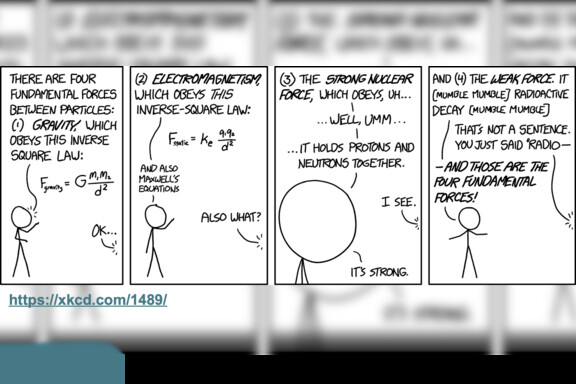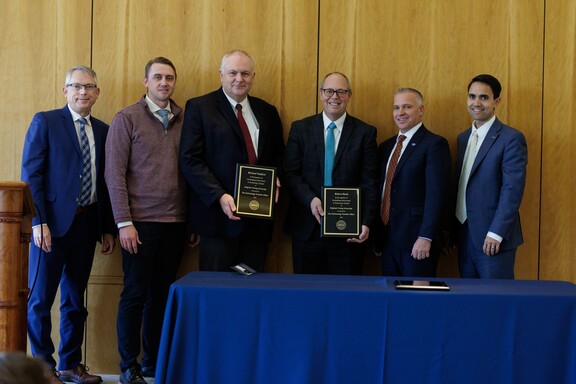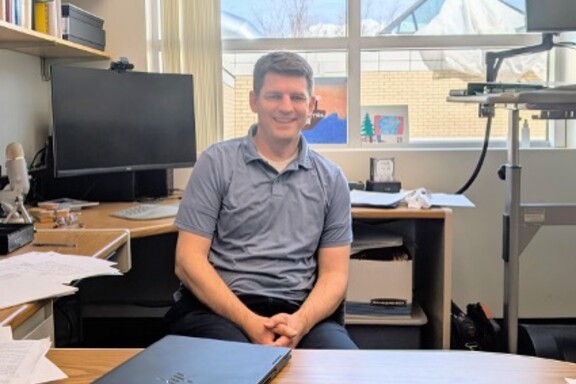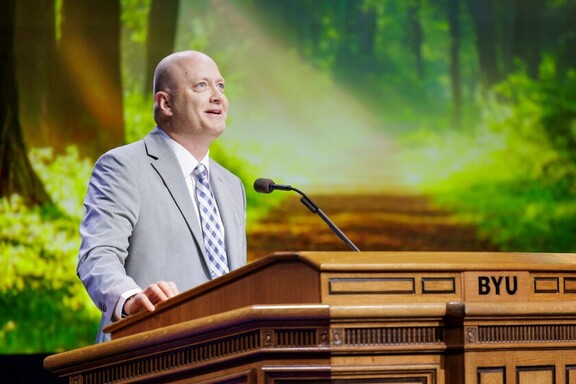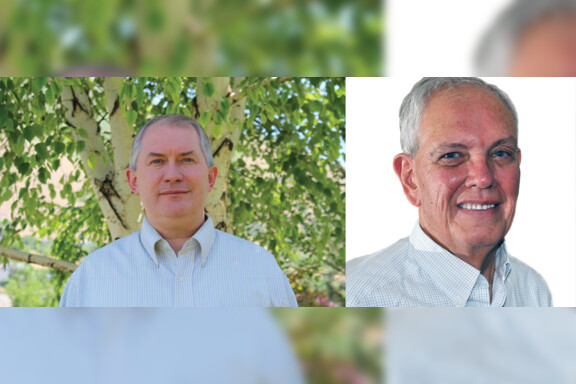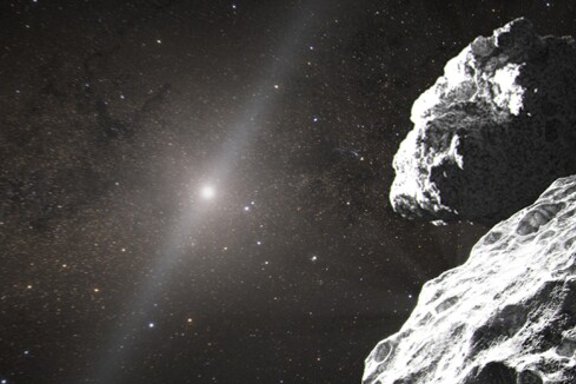
A new course called Biological Physics was recently approved! The class is open to both undergraduate and graduate students. It focuses on the how of biological processes to answer questions like why bacteria swim differently than fish and humans, how chemical energy is converted into directed motion, and how random thermal motion leads to deterministic processes. Answering these kinds of questions leans heavily on ideas from statistical mechanics, electromagnetism, and thermodynamics. Professor Cheryl Davis, who taught the course Winter semester 2025, declared that biophysics is the “most fascinating application of physics that I know.”
The number of biological applications of physics has grown dramatically compared to even 20 years ago and we’re recognizing that biology can’t be separated from physics. The Physics and Astronomy Department now has four professors doing research in biological physics. This growing need for biological understanding in physics must be met with classes that teach to this need. Having a biological physics class gives students an understanding of biology as it relates to physics.
This winter semester, students with varied physics backgrounds were naturally attracted to the idea of applying their physics knowledge to answer biological questions. The format of the class is a discussion rather than a lecture, so students come prepared to discuss topics they have questions about or are interested in from the assigned reading. This format encourages the background of each student to shine through as they answer each other's questions and approach problems from their own perspective.
Many undergraduate physics classes concentrate on the typical physics subjects such as classical mechanics, electromagnetism, quantum mechanics, and statistical and thermal physics. While these fields are fascinating and all physics majors certainly have the responsibility to become well versed in these topics, much of modern physics research is highly interdisciplinary and stretches into many seemingly unrelated fields. Thus, physics graduates that enter the workforce with experience applying their undergraduate education to new problems have an edge over their competition. In particular, many biological applications and research projects need new perspectives and insights that physicists can uniquely provide.
The BYU Department of Physics and Astronomy looks forward to offering the course in upcoming semesters to enable students to broaden their undergraduate training into unique disciplines. Being able to use one’s training to solve problems that are seemingly distant from their own field is an invaluable skill that will be crucial throughout any career. This exciting, new biophysics class will provide these kinds of experiences.
Student Authors: Jared Roth, Nathan Woolley, Levi Homer, and Collin Davis
Image credit: By Bob Blaylock at English Wikipedia, CC BY-SA 3.0, https://commons.wikimedia.org/w/index.php?curid=15016733
News and Events




